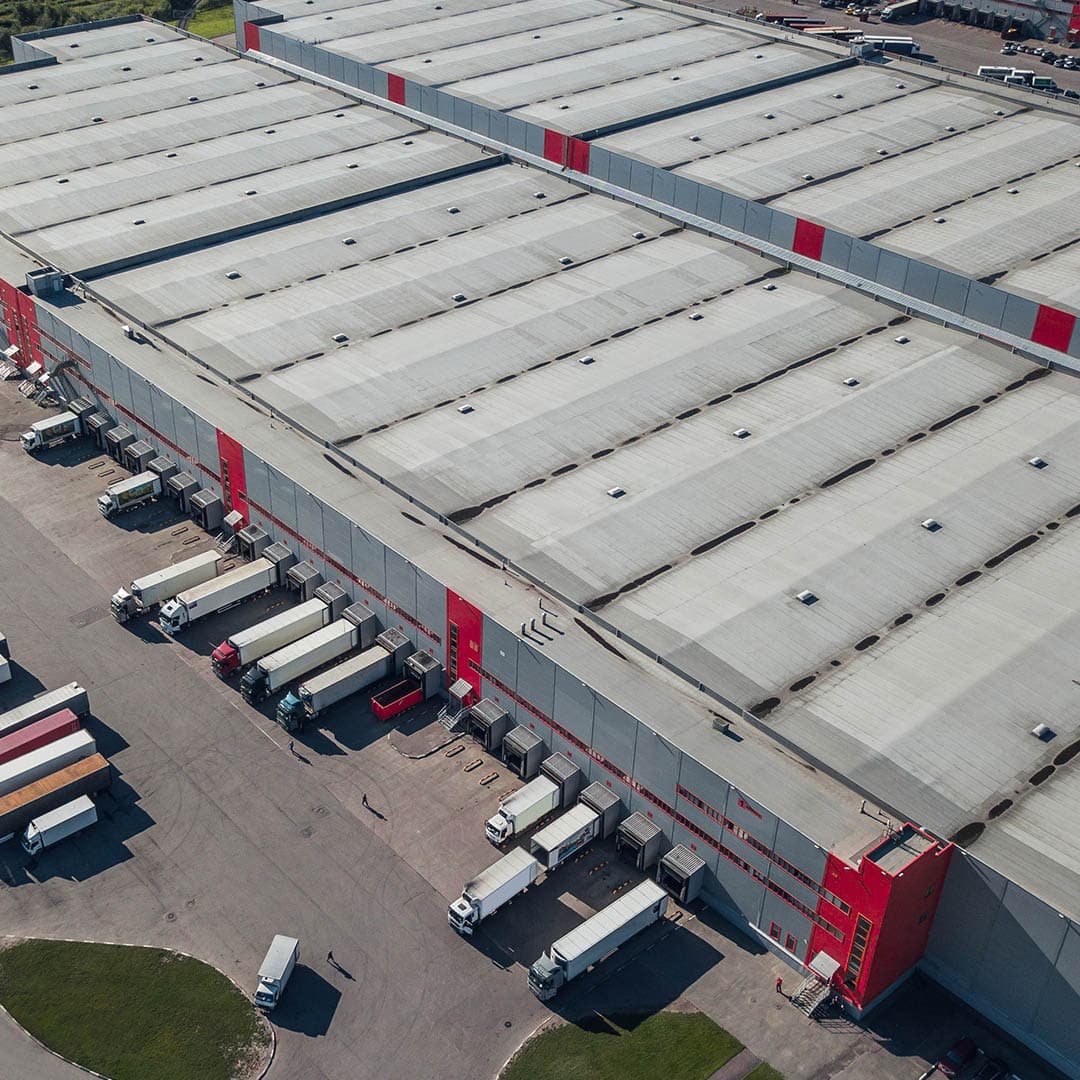Why Warehouse Location is Critical to Omnichannel Fulfilment Success

Today’s consumers are demanding — they want what they want, when they want it and expect the ability to browse and order through a range of different sales channels. Whether they’re searching on retail websites, eCommerce marketplaces, social platforms or in physical stores, if your products aren’t on their preferred channel, your competitors will be. This is why mastering omnichannel fulfilment is crucial for success.
A key component of this is the strategic placement of warehouses. The location of a warehouse can significantly influence operational efficiency, overall supply chain management and customer satisfaction. Let’s explore the intricacies of omnichannel warehousing, emphasising the vital role that warehouse location plays in achieving successful omnichannel operations.
What is an Omnichannel Warehouse?
Defining the Components of Omnichannel Fulfilment
An omnichannel warehouse is a distribution centre that integrates and seamlessly supports the fulfilment of orders made through multiple sales channels. By providing customers with a consistent experience that ensures product availability and service levels are unified across all channels, expectations remain clear, brand values are reinforced and customer satisfaction is promoted.
Key Strategies for Successful Omnichannel Warehouses
For an omnichannel warehouse to be successful, it must operate with flexibility, real-time data and efficient processes across all sales and fulfilment channels. To unify your fulfilment performance across the board, businesses should:
Implement Centralised Inventory Management: Inventory must be treated as a shared pool, with real-time updates and visibility across online, in-store and third-party platforms.
Ensure Flexible Fulfilment Models: Offer multiple fulfilment options, dynamically tailored to best fit the customer’s location, preferred delivery option and business resources.
Invest in Automation and Technology Integration: Omnichannel Warehouse Management Systems (WMS) and Order Management Systems (OMS) need to integrate with all channels, consolidate orders, update inventory and align resources to streamline operations without adding additional staffing costs.
Provide a Customer-Centric Experience: Ensure transparency of availability and delivery times, offer personalised delivery options and provide real-time tracking and status updates across all channels.
A simple, cost-effective way to integrate these strategies into your despatch process is to leverage a software solution, such as GFS Channel Connector, to import orders from all channels into a single flow. Able to integrate with all major Warehouse Management Systems (WMS), GFS Channel Connector can be combined with our multi-carrier labelling platform, GFS Selector, to automatically print carrier labels, provide tracking data and send out despatch notifications.


Why is Warehouse Location Important for Omnichannel Success?
Warehouse location plays a pivotal role in omnichannel success because it directly influences key operational factors such as fulfilment speed, cost efficiency and inventory management.
Understanding the Role of Location in Supply Chain Management
A strategically located warehouse network allows businesses to meet the high expectations of consumers across various channels. Factors that influence a warehouse network’s success include:
Proximity to Demand: How quickly and cost-effectively an order can be fulfilled may depend on the location of available stock and its proximity to the customer base. The closer stock is to key customer areas, the shorter the delivery times and the lower the shipping costs are likely to be.
Optimised Transportation: A well-located warehouse is not only positioned near demand but also has easy access to fast transport networks, avoiding slow or congested routes. This is critical for eCommerce businesses that rely on fast delivery times and low shipping costs to maintain competitive pricing.
Distribution Hub Efficiency: In omnichannel supply chains, warehouses often act as central distribution hubs or regional centres. These hubs help streamline the flow of both fulfilment and returns, reducing the complexity of managing multiple touchpoints.
Impact of Warehouse Location on Customer Satisfaction
Faster Delivery Times: Customers today expect fast shipping, with many demanding same-day or next-day delivery. A warehouse located closer to high-density customer regions can significantly speed up delivery times — meeting or exceeding customer expectations.
Reduced Shipping Costs: Lower shipping costs can improve overall pricing competitiveness and enhance customer satisfaction.
Better Delivery Flexibility: Strategically located warehouses allow for more flexible delivery options and scheduled delivery windows. Offering these options improves the customer experience by allowing them to choose a fulfilment method that suits their needs.
How to Measure Success in Omnichannel Fulfilment?
Success in omnichannel fulfilment is not only about delivering orders on time but also ensuring that the entire supply chain process — from inventory management to customer delivery — runs efficiently and cost-effectively.
Metrics to Measure Omnichannel Warehouse Success
Order Fulfilment Time: The time it takes from receiving an order to shipping it. Fast pick-and-pack and quick ship-to-delivery fulfilment are critical to meeting customer expectations.
Inventory Accuracy: High inventory accuracy helps prevent stockouts and overstocking, which can negatively affect both operations and customer satisfaction.
Order Accuracy: The percentage of orders fulfilled correctly without errors (e.g. incorrect items, quantities or wrong addresses). High order accuracy reduces returns and customer dissatisfaction.
On-Time Delivery Rate: This measures the percentage of orders delivered by the promised date. A high on-time delivery rate is a clear indicator of operational efficiency and customer satisfaction.
Cost per Order: This includes all costs associated with fulfilling an order, such as labour, storage, picking, packing and shipping. Tracking cost per order helps optimise the efficiency of the warehouse and distribution network.
Return Rate: High return rates may indicate fulfilment issues such as incorrect picking, damaged products or poor inventory management. Reducing returns is essential for improving operational efficiency and customer satisfaction.
Customer Feedback and Satisfaction: Collecting and analysing customer feedback via surveys or reviews helps gauge how customers perceive the fulfilment process. Positive experiences with quick, accurate and hassle-free deliveries improve brand loyalty, while poor experiences can drive customers to competitors.


Beyond Strategic Locations
Effective omnichannel fulfilment is a complex process that demands a seamless integration of technology, warehouse operations and customer-centric strategies. Warehouse location plays a crucial role in achieving success by optimising fulfilment speed, cost efficiency and inventory management.
However, beyond strategic locations, the key to success lies in selecting the right partners to support these operations. If you are interested in seeing improvements to your omnichannel success metrics and are looking for the right partner to support you, speak to one of our advisors about our Enterprise Carrier Management (ECM) technology and multi-carrier services today.
Get in Touch to Unlock Seamless Multi-Carrier Solutions










